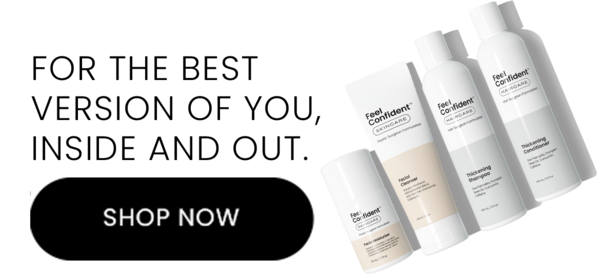

The Internet has become the main source for information over the years. We use search engines to find anything and everything from how to cook, and where to vacation, to what are the best doctors for specialty procedures. There is more than enough data out there whether good or bad. Weeding through all the information to find the reputable sources is a challenge.


As consumers, we seek sites that are trustworthy with the information we are searching for via search engines and social media sites. Merriam Webster defines social media as “forms of electronic communication (such as websites for social networking and microblogging) through which users create online communities to share information, ideas, personal messages, and other content (such as videos).”
Social media is growing every year and more medical professionals are seeking this avenue for their marketing. Doctors are realizing that their potential patients are using social media to find doctors who are well-respected and experts in their field as well as a modern-day referral system. With an abundance of information just a click away patients can experience information overload. Doctors can use social media outlets to get reputable information out there so patients will be well-informed. A doctor’s website is one avenue patients go to but with the various social media sites available their search is extended beyond that doctor’s website.
There are several social media sites and each one has targeted demographics and use. Each site has unique features that can be useful for medical professionals. The major sites that Dr. Laxmeesh, Mike Nayak and Dr. Gary Linkov focus on in their article “Social Media Marketing in Facial Plastic Surgery: What Has Worked?” are Facebook, Snapchat, Instagram and YouTube. Facebook is the most widely known with a total number of users and targets adults in their mid to late 20s – over 65. Facebook allows multiple detailed posts with photos and videos. Dr. Nayak and Dr. Linkov state “For these reasons, education-heavy, explanatory posts, or posts about surgical and nonsurgical antiaging interventions, may be fit more naturally on Facebook than other current platforms.”
Two more social media sites are Snapchat and Instagram. They both mainly target preteens to late 30s. They both allow users to post photos, messages, and videos. Snapchat allows users to post to their “story” for a limited 24 hours before it will sunset (disappear). Knowing a post will be gone in 24 hours gives patients a certain comfort level in posting their surgical results or experiences. The Snapchat videos are quick and posted in the right-now moment. Unlike Snapchat, Instagram posts do not disappear and come with editing features of photos. Users post photos and videos with short descriptions or use hashtags for keywords. Hashtags are a good method for facial plastic surgeons to get information out there that is consistent and accurate across all sites. The last media site is YouTube. YouTube is the largest video-based social media site. Videos can be a few seconds to many hours long and tagged by keywords. According to Dr. Nayak and Dr. Linkov, “YouTube is the best platform for hosting and sharing detailed videos with semiprofessional or even professional production values.”
There could be several downfalls to social media marketing for facial plastic surgeons. Time and content are crucial in maintaining social media sites. Patients want more content and doctors want to ensure the information out there is factual while still protecting patient’s privacy. Advertisers will try to promise new followers but the best way to promote your practice is by posting relevant content your patients are seeking. As the social media presence grows the more doors will be open for negativity, unrealistic expectations by patients, enhanced photos versus actual patient photos, credentials overlooked by the number of followers and blurring the lines between personal and professional content the public will be privy to.
Dr. Laxmeesh, Mike Nayak and Dr. Gary Linkov state it best in their article “Social Media Marketing in Facial Plastic Surgery: What Has Worked?” that “Asking patients about their favorite type of content may help improve a plastic surgeon’s success in building a practice through social media.” “When asked about which website content was most important to patients, the leading factor was before and after photographs followed by information about procedures… A surgeon’s social media presence can dramatically increase their perception of being an expert and showcase to patients their style and approach.”


City Facial Plastics 150 E 56th St, #1AB, New York, NY 10022 (212) 439-5177